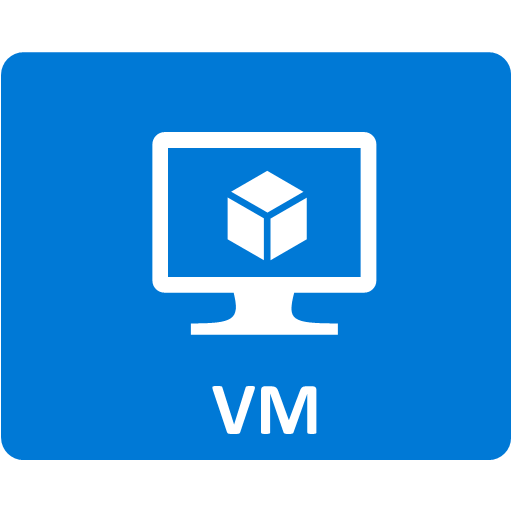

In my case, I first created a virtual machine and installed software such as Visual Studio 2022, Visual Studio Code, Anaconda, among others. Otherwise, simply proceed to click on Create + Review.Īnd that's it! Once the resource is created, start the new virtual machine if it's stopped, connect, and there you have it! An exact copy of the original resource (and independent of course, as it's a new virtual machine with its own disk). Click on the Disks tab in order to add managed data disks in case you generated them too. Now fill in the requested data in the Basics section. Access to the details of this brand new resource and click on the Create VM button. (Repeat step 4 for data disks you have previously cloned) Click on Review + Create and if everything goes as expected, the you will get a new managed disk. Fill in the required information, and in the Source type field choose snapshot and select the corresponding subscription and snapshot that you just created. (Repeat the above steps if the virtual machine contains data disks and you want to include them later in the clone VM as well)

Click on Review + Create, if there are no errors the resource will be successfully created. You can change other details such as the subscription, resource group, snapshot type if you want. Fill out the form (only the name is required). Create a disk snapshot by clicking on the Create snapshot button. In the Disks section, click on its operating system disk.

Go to Azure portal, navigate to the virtual machine you want to clone. However, it is not complicated, and in this post I will explain how to do it! Check this link for more interesting Azure articles posted by community members.Ĭloning an Azure virtual machine is something I thought it was directly integrated (as in, one click/command and that's it, but no, it involves several steps. This publication is part of the Azure Advent Calendar 2022, an initiative led by Héctor Pérez and Luis Beltrán.


 0 kommentar(er)
0 kommentar(er)
